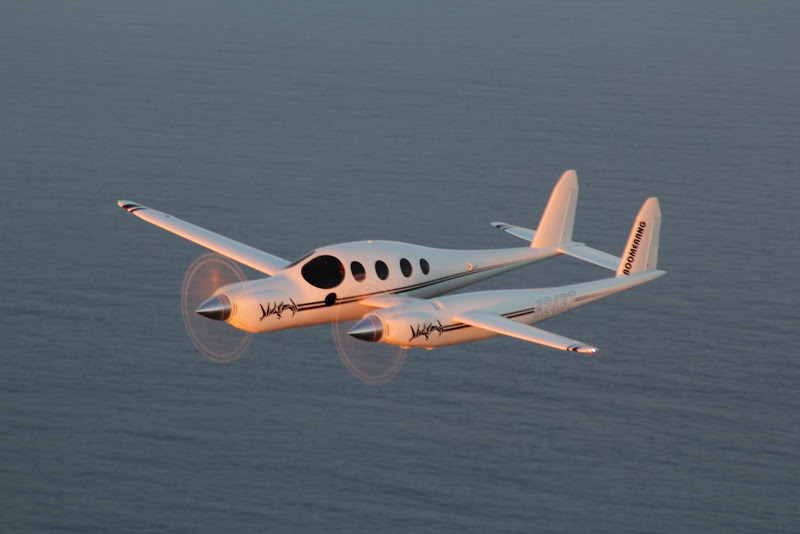RobertL18C wrote:
Ben what is your source for differing angle of incidence on the C206? .
As I said it is from memory. Many moons ago I used to work on them and the cure for a roll/heavy wing was to adjust the angle of incidence of the left wing by adjusting the eccentric bush/bolt combo. By doing this the angle of attack also increases causing to greater lift on one wing than on the other. Complete procedure can be found on the aircraft service manual.
Edit:
https://www.redskyventures.org/doc/cessna-maintenance-manuals/Cessna_206&T206_1969-1976_MM_D2007-3-13.pdf
look at page 4-2 bottom for instruction and page 4-4 for diagram.
Ben thank you for the link. The eccentric bushings I believe are a feature of Cessnas since the 170 – are they not for rigging purposes with less than 1 degree of incidence? They help deal with a wing heavy aircraft which is slightly out of trim and will not fly wings level, hands off. Am not sure they are related to torque effect from the engine, but I may be wrong. Typically the adjustment is quite minor, less than one degree. This wing heavy feature is typically independent of engine power, hence the bushings being used for rigging.
With a clockwise turning propeller, increasing power results in a yaw to the left, and decreasing power there is a yaw to the right – there is a secondary effect on roll. This is due in part to torque but in the relatively modest powered GA aircraft, the spiralling effect of the propeller slipstream. If one wing has more incidence, it generates more lift, and therefore more drag, hence needing an offset in the fin or engine mount to counteract the adverse yaw. Therefore you are right there is a small difference in rigging for torque, which in turn requires the fin or engine offset to correct the resulting yaw. However, I suggest the spiralling effect of propeller slipstream is more dominant (we are not talking P51 or Sea Fury here), and is the reason for the offset.
A rather exotic piston aircraft came to my mind that is not assymetric at all afaik:
Dornier Do 335
I do wonder why nobody continued with the idea of building such a twin after the war…
MedEwok wrote:
I do wonder why nobody continued with the idea of building such a twin after the war…
Because they are not efficient. And people did.
Well there were a few – e.g. cessna 337, Rutan Defiant – but I’d argue they are still asymmetrical. The only symmetrical piston aircraft will be multi-engine with contra-rotating props.
I hadn’t heard of problems with efficiency?
JasonC wrote:
Because they are not efficient.
I know the type well both from piloting and Mx.
In Fact it IS a very efficient design. Maybe not as efficient as a Twin Comanche, but better than the Seneca.
The 337 betters the Seneca in just about every department: Useful load, range, and slightly better cruise performance.
The main reason the 337 was not a huge success is the cost to build. The complexity of the 337 made it very expensive to build.
Go look at one up close when it’s cowls’ are off and the gear doors open. Makes the Seneca look like a cheap toy.
The Rutan Boomerang

JasonC wrote:
Because they are not efficient.
At least wikipedia claims the Do335 was much more efficient than Luftwaffe’s other twin fighters and that it was Germany’s fastest piston aircraft in WWII.
What is the point of that Rutan design – other than to do something different?
From Wikipedia
The Boomerang was designed around the specifications of the Beechcraft Baron 58, one of the best known and most numerous twin-engine civilian aircraft. The use of the asymmetrical design allows the Boomerang to fly faster and farther than the Baron using the same engines, and seating the same number of occupants.1 The Boomerang is powered by two engines, with the right engine producing 10 hp (8 kW) more power than the left one (the engines are in fact the same model, just rated differently). The wings are forward-swept.2
Pretty uninformative. I read about it in a magazine some 15 years ago or so. As I remember it, the idea was something like the above.
Here is a better link http://rutanboomerang.com/design/
From Rutan:
The Boomerang is a new high performance pressurized 5 place light twin intended for personal transportation. Its basic goals were to provide optimum performance from two turbocharged 200 hp Lycoming reciprocating powerplants. Probably one of the most difficult tasks faced in the development of this aircraft was explaining why I would design a configuration that is asymmetric. In fact, an early comment as the aircraft arrived at the Experimental Aircraft Association International Air Show at Oshkosh, Wisconsin this year, was from a fellow who ran up and remarked, “What in the hell were you smokin’ when you laid that one out?.